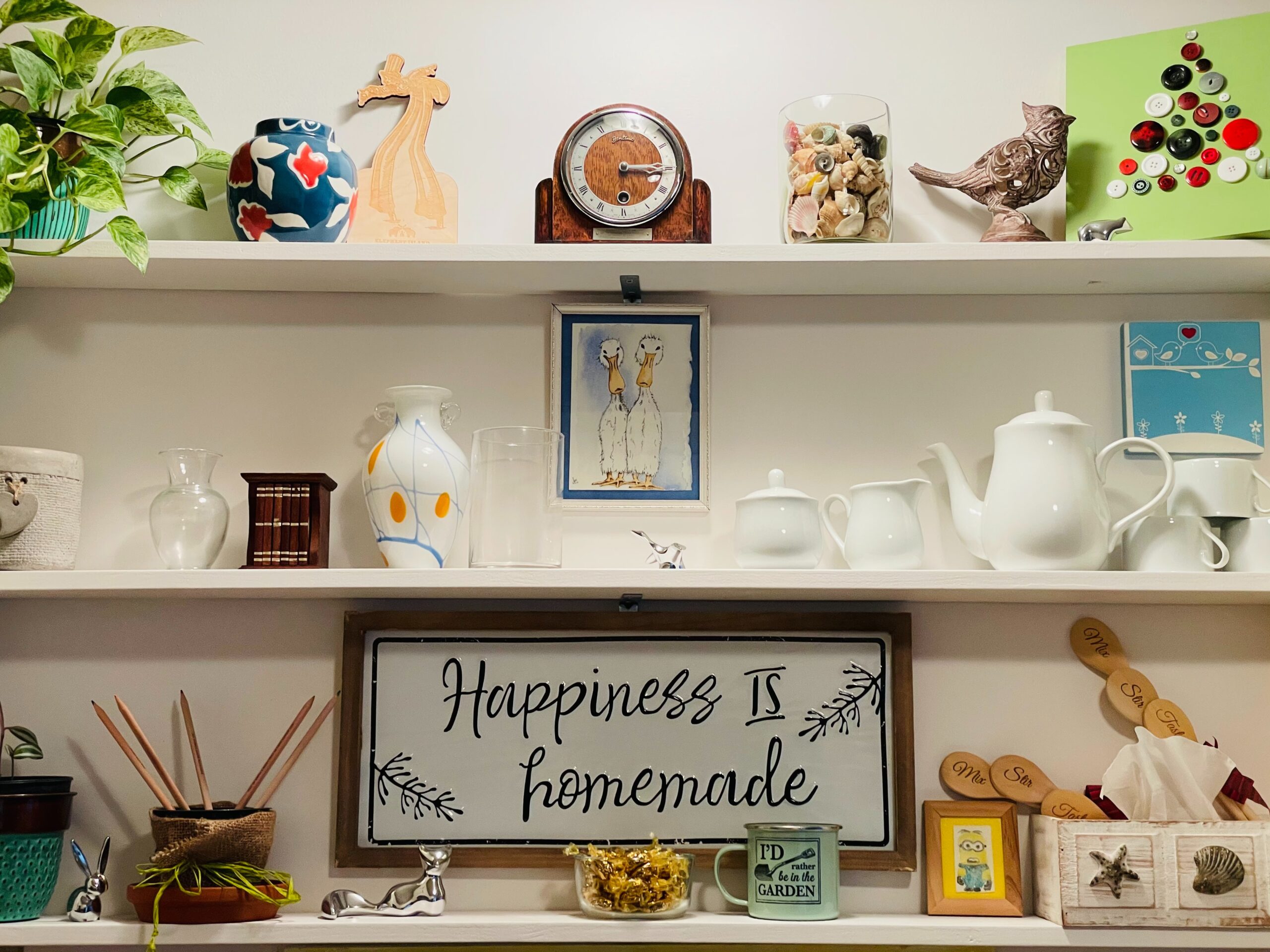Helping Older Adults Declutter and Downsize

Many older adults decide they would like to downsize or move to a smaller, more manageable space, while others may be forced to relocate to a loved one’s home or care facility because of changing health or financial needs. Even if a move isn’t necessary at the moment, helping older adults declutter and downsize can make an existing space safer and easier to care for, and help prepare for future circumstances.
If you’re helping someone in your life declutter, it can be an overwhelming and emotional task—especially if they’ve lived in the same home for many years. Whether the person you support decided to downsize on their own, or it’s become necessary due to safety or health concerns, here are some tips to help you navigate this challenging process:
Start Early
Ideally, discuss options before a move is absolutely necessary and when your loved one is still in good health. Highlight the ways moving or decluttering would be beneficial. Try, ‘Would you prefer not going up and down the stairs to get what you need?’, ‘What would you do with the extra money if you didn’t have to pay someone to maintain your property,’ or, ‘Do you want me to help you go through the attic and see if there’s anything you’re not using anymore?’ While not always possible, being proactive instead of reactive will make your loved one feel like they have more control over the process and help the task of paring down feel less overwhelming.
Be Patient and Empathetic
There are so many emotions attached to belongings and purging can feel like leaving behind pieces of your life. What may seem like too many coffee cups to you may represent comfort, nostalgia or financial stability for your loved one. For some, it can feel like there are a lot of losses as we age and relocating can feel like another one on a growing list. Go slowly, acknowledge that this is difficult and stop to share memories of the space and the items that have filled it.
Have a Plan
Decluttering can be tiring for aging adults, so try to break up your efforts into small chunks. Regardless of whether you have two months or two years, set dates to work on it together and what you plan on tackling each time. You can make your sessions fun with music, a favourite beverage and even go out for dinner or get takeout when you’re finished. If there are things your loved one can do on their own, encourage them to organize specific areas on the days you’re not around.
Go for Easy Wins
After you set a schedule, start your decluttering in the spaces that are least likely to hold emotional value. Like most things, practice makes perfect and deciding what to do with items will become easier the more you do it. Clearing out linen cabinets or storage closets, or disposing of rarely used appliances will give you all a sense of progress, and then you can move onto the more sentimental articles like photos and jewellery.
Keep, Toss, Sell or Donate
It can be helpful to make difficult decisions when items are grouped by category. For example, if artwork is all laid out together your loved one can more clearly decide which pieces are their absolute favourites and the ones that can be sold, gifted or donated. Create clearly marked piles or use coloured tags or stickers to indicate which category each item belongs in. Move the toss and donate piles out of the house as soon as possible so it’s less tempting to go back on the decisions you made together. Consider an on-site trash bin, schedule pick-ups through a charitable organization and/or sell items online or through a consignment store. If they don’t sell quickly, be ready to donate items so that someone else can use them.
Use Technology
Original photos can be digitized and shared in photo books or displayed in electronic frames. This is a huge job, but can be a great project for a tech-savvy child or grandchild wanting to help out. Going through photos together is a wonderful opportunity to hear more about your memories or family history. Encourage storytelling as you edit any jewellery, household items, artwork or pieces from your childhood. If your parents have saved childhood memorabilia, try to encourage purging the things that no longer hold meaning for you and perhaps taking pictures of significant artwork or awards.
Overall, if you’re helping a loved one declutter to downsize, try to start early, be patient, stay organized and be as decisive as possible. Remember that this isn’t an easy task and can bring out significant emotions for everyone involved. Enjoy the stories attached to certain items and the extra time spent together knowing that you’re doing the best thing for your aging loved one.
If you found this article helpful, you may also like to read:
